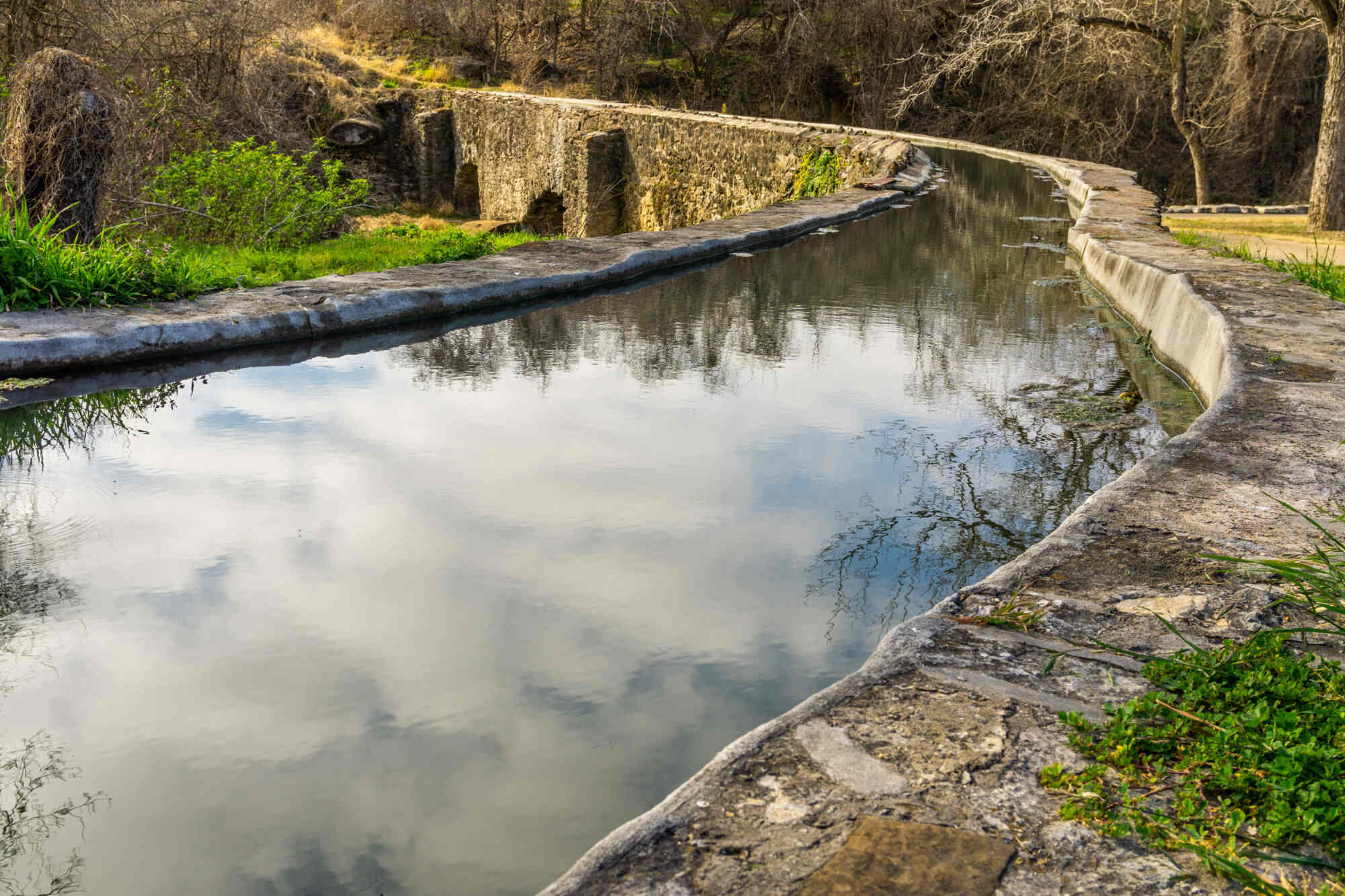San Antonio’s Hidden Aqueduct System

Did you know that San Antonio has a hidden aqueduct system? Many visitors flock to the Alamo or River Walk, but few know about this underground marvel. Built by Spanish settlers in the 18th century, these aqueducts were designed to bring water to missions and farms. Today, they remain a testament to early engineering skills. Exploring these aqueducts offers a unique glimpse into the past and a break from the usual tourist spots. Whether you're a history buff or just curious, this hidden gem adds another layer to San Antonio's rich heritage. Ready to learn more? Let's dive in!
San Antonio, known for its rich history and vibrant culture, holds a secret beneath its bustling streets. The hidden aqueduct system, a marvel of engineering, tells a story of innovation and survival. Let's dive into the fascinating world of San Antonio's underground waterways.
The Origins of San Antonio's Aqueduct System
The aqueduct system in San Antonio dates back to the early Spanish colonial period. These structures were vital for transporting water to missions and settlements. Here are some key locations where you can witness this historical marvel.
Espada Aqueduct
- Located near Mission Espada, this aqueduct is one of the oldest in the United States. Built in the 18th century, it still functions today, showcasing the ingenuity of early settlers.
San Juan Acequia
- This irrigation canal, part of the San Juan Mission, highlights the importance of water management in colonial times. The acequia system provided water for agriculture, sustaining the mission community.
Hidden Gems of the Aqueduct System
Beyond the well-known sites, several lesser-known spots offer a glimpse into the aqueduct's past. These hidden gems are perfect for history buffs and curious explorers.
Alamo Acequia
- Running through the heart of San Antonio, the Alamo Acequia once supplied water to the famous Alamo Mission. Though much of it is now hidden, remnants can still be found in the city.
San Pedro Springs Park
- One of the oldest parks in the United States, San Pedro Springs Park features remnants of the original aqueduct system. The park's springs were a crucial water source for early settlers.
Modern-Day Significance
While the aqueduct system's historical importance is undeniable, it also plays a role in today's San Antonio. These sites offer educational opportunities and a connection to the past.
Acequia Madre de Valero
- Located near the Alamo, this acequia is part of a larger network that once irrigated the mission's fields. Today, it serves as a reminder of the city's agricultural heritage.
Mission Reach
- A restoration project along the San Antonio River, Mission Reach includes sections of the old aqueduct system. Visitors can enjoy walking trails and learn about the area's history.
Exploring the Aqueduct System
For those interested in exploring the aqueduct system, several guided tours and self-guided options are available. These experiences offer a deeper understanding of San Antonio's water history.
Mission Trail
- This trail connects the city's historic missions, many of which were supported by the aqueduct system. Walking or biking the trail provides a unique perspective on the city's past.
Brackenridge Park
- Home to the San Antonio Water Works, Brackenridge Park features remnants of the aqueduct system. The park's museum offers exhibits on the city's water history.
San Antonio's hidden aqueduct system is a testament to the city's resilience and ingenuity. Exploring these sites offers a unique glimpse into the past, revealing the vital role water played in shaping the city's history.
Discovering San Antonio's Hidden Aqueducts
San Antonio's hidden aqueduct system offers a glimpse into the city's rich history. These ancient waterways not only provided essential water but also shaped the development of the area. Exploring these aqueducts reveals the ingenuity of early settlers and their ability to adapt to the environment.
Walking through these historic sites, you can almost feel the past come alive. It's a reminder of how vital water was and still is to the community. The aqueduct system stands as a testament to human innovation and resilience.
Next time you're in San Antonio, take a moment to appreciate these hidden gems. They offer more than just a history lesson; they provide a connection to the past that is both educational and inspiring. Don't miss out on this unique part of San Antonio's heritage.

